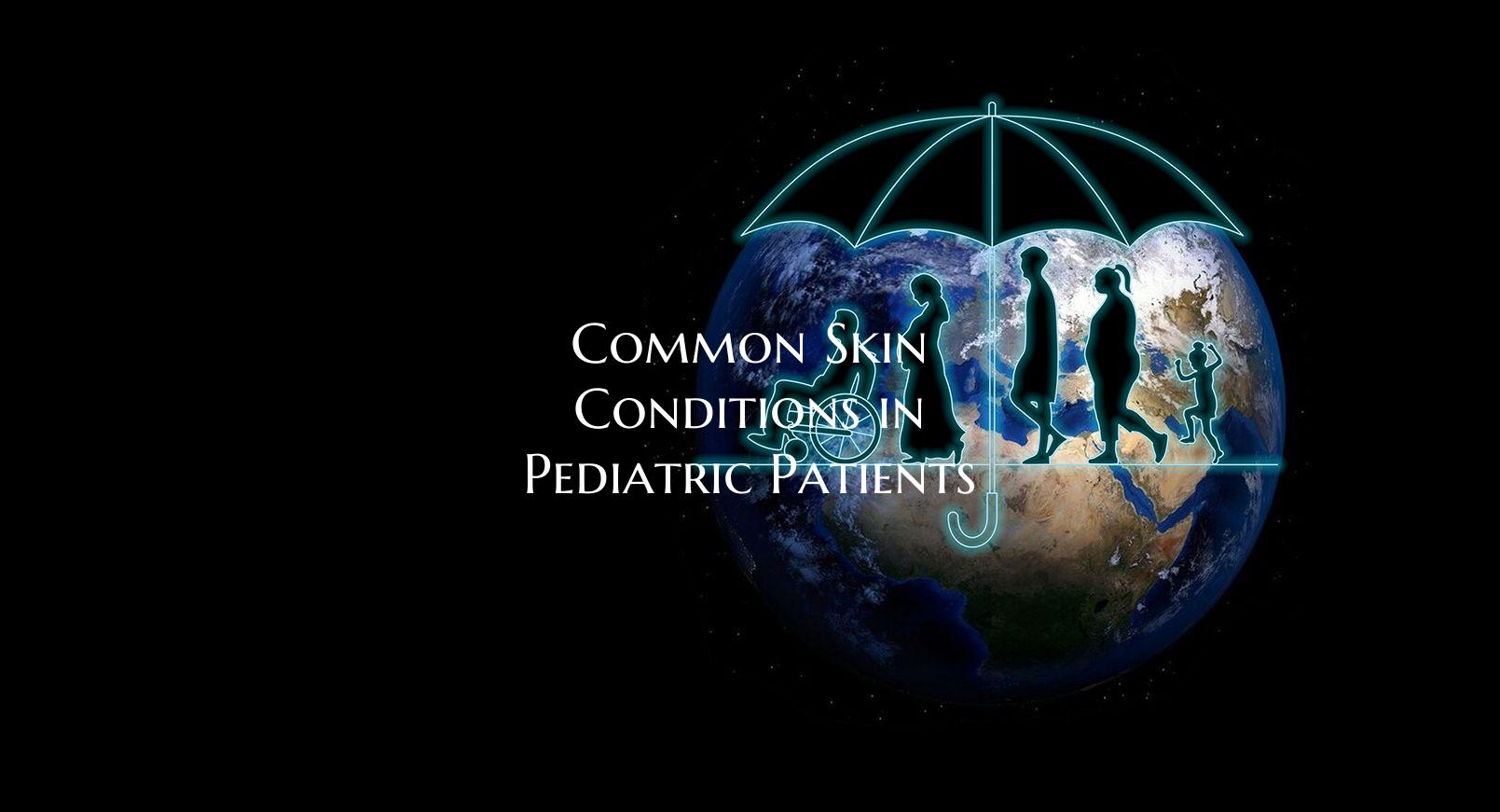
Common Skin Conditions in Pediatric Patients
Introduction: Skin conditions are widespread among pediatric patients, affecting infants, children, and adolescents alike. These conditions can vary in their presentation, severity, and underlying causes. It is essential for parents, caregivers, and healthcare providers to be aware of these common skin conditions to ensure prompt diagnosis and appropriate management. This article will explore some of the most frequently encountered skin conditions in pediatric patients.
1. Eczema (Atopic Dermatitis): Eczema is one of the most prevalent skin conditions in children, characterized by red, itchy, and inflamed skin. It often appears in early childhood and can persist into adolescence and adulthood. Triggers for eczema may include allergens, irritants, dry skin, stress, and certain foods. Proper skincare, moisturization, and identifying and avoiding triggers are key components of managing eczema in pediatric patients.
2. Diaper Rash: Diaper rash is a common skin condition affecting infants and toddlers, typically caused by prolonged exposure to wetness, friction, and irritants. Symptoms include redness, swelling, and discomfort in the diaper area. Prevention strategies include frequent diaper changes, gentle cleansing, and applying a barrier cream to protect the skin. Severe or persistent diaper rash may require medical evaluation.
3. Acne: Acne is not just a concern for teenagers; children as young as 8 years old can develop acne. Hormonal changes, genetics, and skin care products can contribute to acne breakouts in pediatric patients. Treatment options may include topical medications, oral antibiotics, and lifestyle modifications. It is essential to address acne early to prevent scarring and improve self-esteem in younger patients.
4. Molluscum Contagiosum: Molluscum contagiosum is a viral skin infection commonly seen in children. It presents as small, flesh-colored bumps with a central indentation and can spread through direct skin-to-skin contact. While molluscum contagiosum typically resolves on its own, treatment options such as cryotherapy or medications may be considered for persistent cases or when lesions are bothersome to the child.
5. Psoriasis: Psoriasis is a chronic autoimmune skin condition that can affect children and adolescents, causing red, scaly patches on the skin. Psoriasis in pediatric patients may present differently from adult psoriasis and can impact a child's quality of life. Treatment options may include topical corticosteroids, phototherapy, and systemic medications. Close monitoring and support are crucial for children managing psoriasis.
Conclusion: Skin conditions in pediatric patients can vary in their presentation and impact on a child's well-being. By recognizing the signs and symptoms of common skin conditions such as eczema, diaper rash, acne, molluscum contagiosum, and psoriasis, parents and healthcare providers can work together to provide appropriate treatment and support for pediatric patients. Early intervention, proper skincare, and preventive measures play a vital role in managing skin conditions and promoting skin health in children.